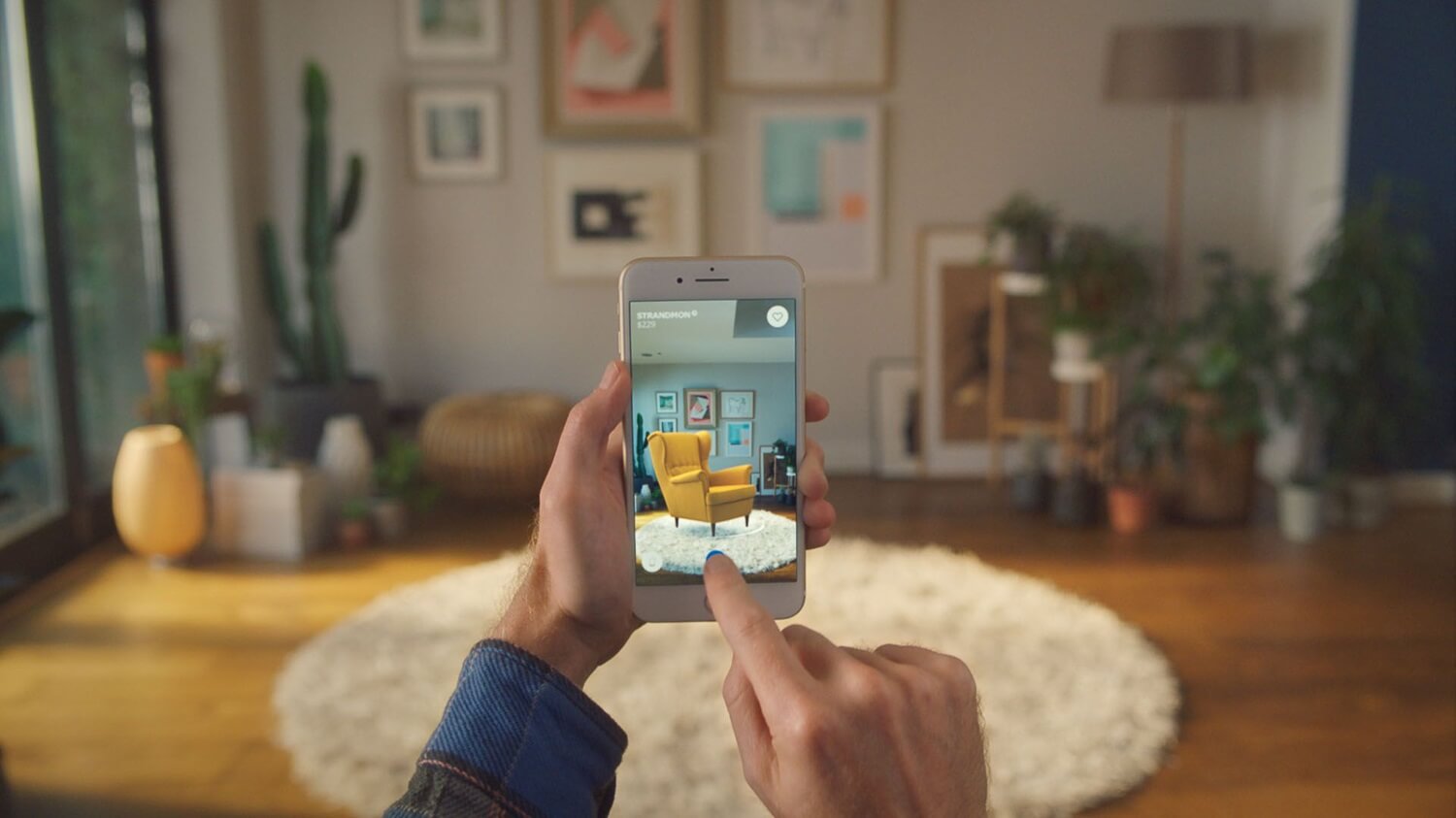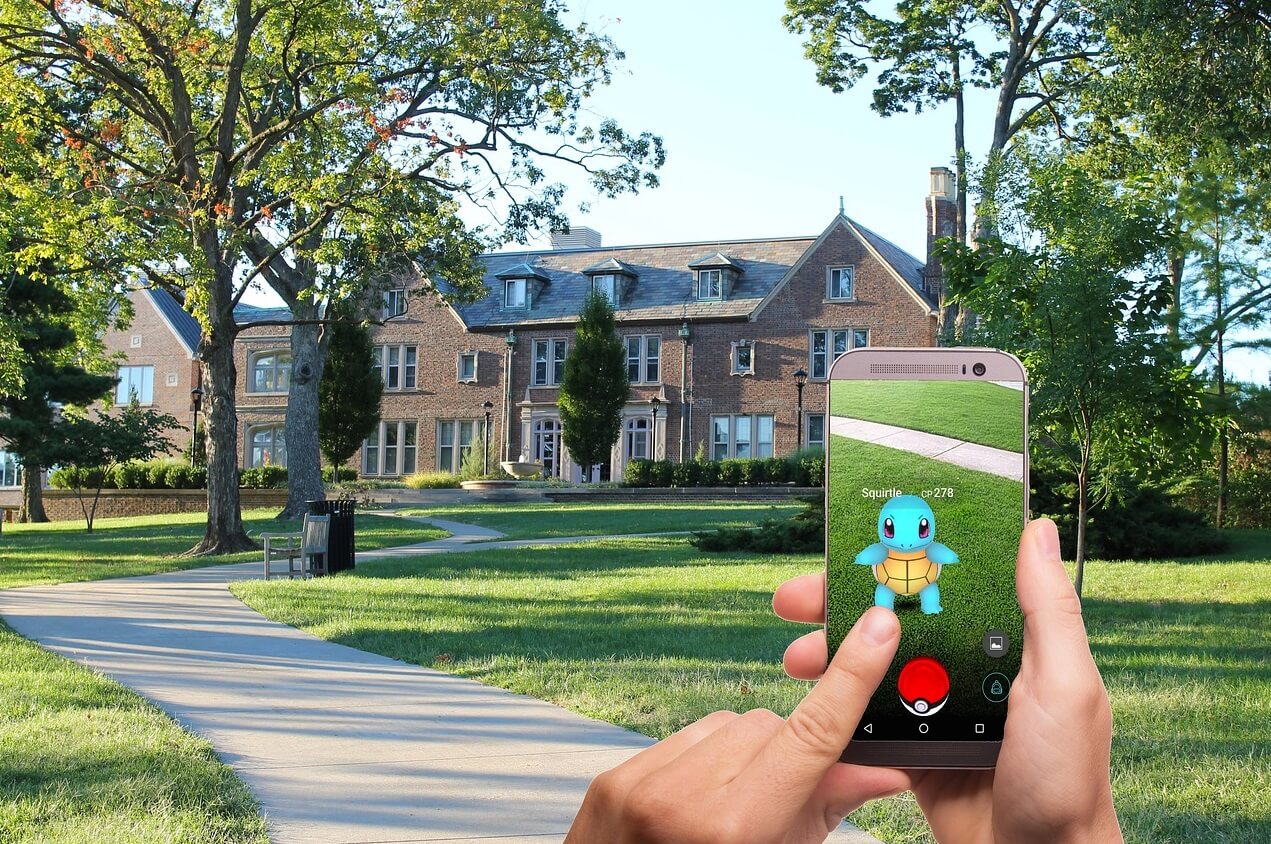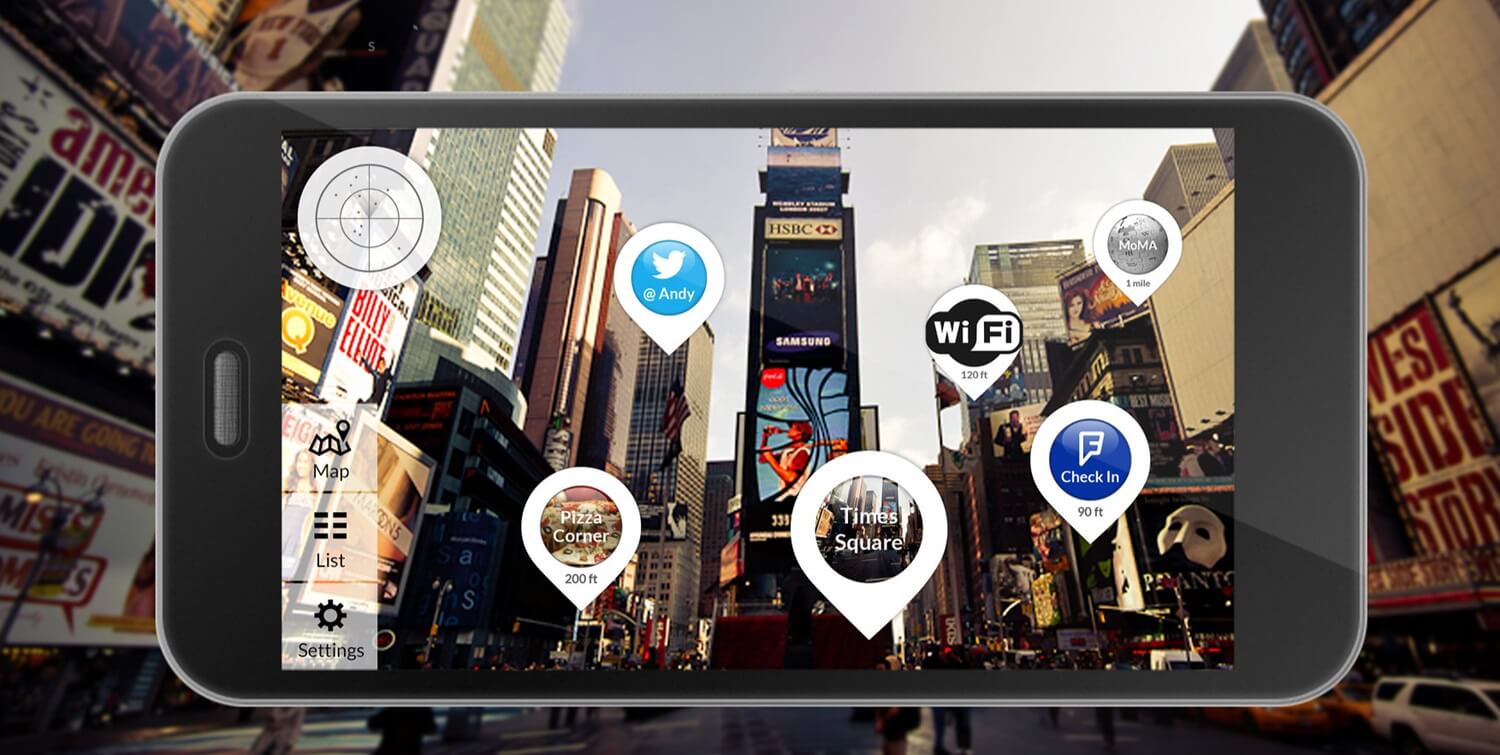Once a term used by gamers and in the gaming industry alone, but now spans across our daily lifestyle and techs, Augmented Reality (AR). Apparently, AR has become an integral part of our daily lives, transforming the way we view and interact with the world. As with other techs, augmented reality has evolved over the years and disintegrated into different types.
In this article, we will explore the various types of augmented reality, exploring how each works, providing examples, and showcasing popular applications that bring these AR experiences to life. Basically, AR is different from Virtual Reality (VR) and Mixed Reality (MR), but most people would rather call VR and MR subsets of AR, with MR being the most advanced.
What Exactly is Augmented Reality?
Augmented Reality (AR) is not a new technology, but it just became very popular not too long ago. It is a technological innovation that bridges the gap between the real world and the digital (virtual) world. AR blends computer-generated elements (CGIs) with the physical world; it augments our perception of reality while providing a unique and interactive user experience.
This technology works by overlaying digital elements onto the physical world. Using a combination of sensors, cameras, and sophisticated algorithms, AR devices create immersive and interactive experiences in their applications. Whether used for gaming, education, healthcare, or manufacturing, AR continues to push the boundaries of what is possible, offering a glimpse into a future where the virtual and real seamlessly coexist.
Key Components of Augmented Reality Systems
- Sensors: AR devices are equipped with an array of sensors such as accelerometers, gyroscopes, and magnetometers, which they utilize to understand the device’s orientation and movement per time.
- Cameras: The cameras in AR devices are for capturing your real-world environment to provide the necessary visual input for the system. Using advanced computer vision algorithms, AR devices analyze these images and identify objects, surfaces, and patterns that serve as reference points for placing digital elements.
- Processors: Also, AR devices are built with highly efficient and powerful processors capable of handling complex computations in real time for image processing, object recognition, and rendering. This ensures a seamless and responsive augmented reality experience.
Types of Augmented Reality
Although there are different types, at its core, AR works by integrating digital content with the real world in real time. This process can be achieved using devices like smartphones, tablets, smart glasses, or any other AR-specific hardware.
1. Marker-Based Augmented Reality
Marker-based AR relies on visual markers, such as QR codes or images with unique patterns, to trigger augmented content. When you point your device’s camera to these markers, it overlays digital information onto the real-world view.
This method is widely used in advertising, gaming, and educational applications. However, its limitations are many; you can only use a smartphone or tablet to trigger this AR, and you also have to download a corresponding app or software to experience the hidden AR content.
Real World Example
A perfect example of Marker-Based AR is the Ikea Place app, which allows users to preview furniture in their homes using their smartphone cameras.

Of course, there are other apps that utilize this AR technology and that includes the AR Flashcards for kids.
2. Markerless Augmented Reality
You probably guessed correctly, Markerless augmented reality is the contrast of Marker-Based AR. This AR type does not rely on predefined markers but utilizes sensors, GPS, accelerometers, and other technologies to understand and interpret the surrounding environment.
Markerless AR is more widely used today, thanks to its flexibility and support for various applications, including shopping, tourism, and real-time data visualization. Literally, other types of AR are sub-types of markerless AR but are still regarded as standalone techs.
Real World Example
Apps like Google Maps – and other map/GPS applications – make use of Markerless AR for navigation to provide users with real-time directions utilizing specific sensors already embedded on their devices.
Snapchat’s filters are another popular application of this AR technology. Those effects and unique objects that overlay your picture and blend perfectly with your face or body are a result of Markerless AR.
3. Projection-Based Augmented Reality
As the name implies, this type of AR involves rendering digital images directly onto physical surfaces. This means placing – projecting – a virtual image on any surface, literally, whether it is a floor, wall, or just any surface to create an interactive and immersive experience. This type of AR is often used in presentations, gaming, and artistic installations like art galleries.
Real World Example
An interesting application of Projection-Based AR is the interactive floor displays seen in some retail stores used to showcase products, promotions, or engaging content directly on the floors to capture the attention of shoppers.

Also, in workplaces, this AR can be used in place of computers to project to a bigger/wider space during presentations or meetings. Project-based AR is not limited to any device or surface, and interaction occurs when you touch the projected surface.
4. Superimposition-Based Augmented Reality
Superimposition-based augmented reality fully or partially replaces real-world views with rendered elements, making both worlds (digital and physical) blend seamlessly and become interactive. This type of AR relies on object recognition to accurately overlay digital information onto specific objects or scenes.
This AR needs to first identify specific objects or surfaces in the user’s view, then overlay relevant digital content onto the object or surface. In physical stores, superimposition AR can direct customers to find the goods/items they want to purchase by overlaying virtual arrows onto the floors or walls, directing shoppers on the route to take inside the mall/shop.
Real World Example:
Pokémon Go game is a prime example of superimposition-based AR. Players use their smartphones to explore the real world while encountering and capturing virtual Pokémon superimposed onto the physical environment.
5. Location-Based Augmented Reality
Basically, a sub-type of markerless AR that relies on GPS coordinates to deliver contextually relevant information. This AR uses GPS and other location-tracking technologies to show users relevant information on what’s around them – in their current location.
Examples and Apps:
Google Maps uses this AR to show users restaurants, shopping malls, fuel stations, and other relevant information based on their locations.
What More?
Summarily, augmented reality is continually evolving, offering a wide range of experiences through various technologies. Each type of AR brings unique capabilities and applications to the table. Even so, augmented reality smart glasses are now widely available – they open up possibilities for hands-free and immersive experiences just like VR and MR devices.



